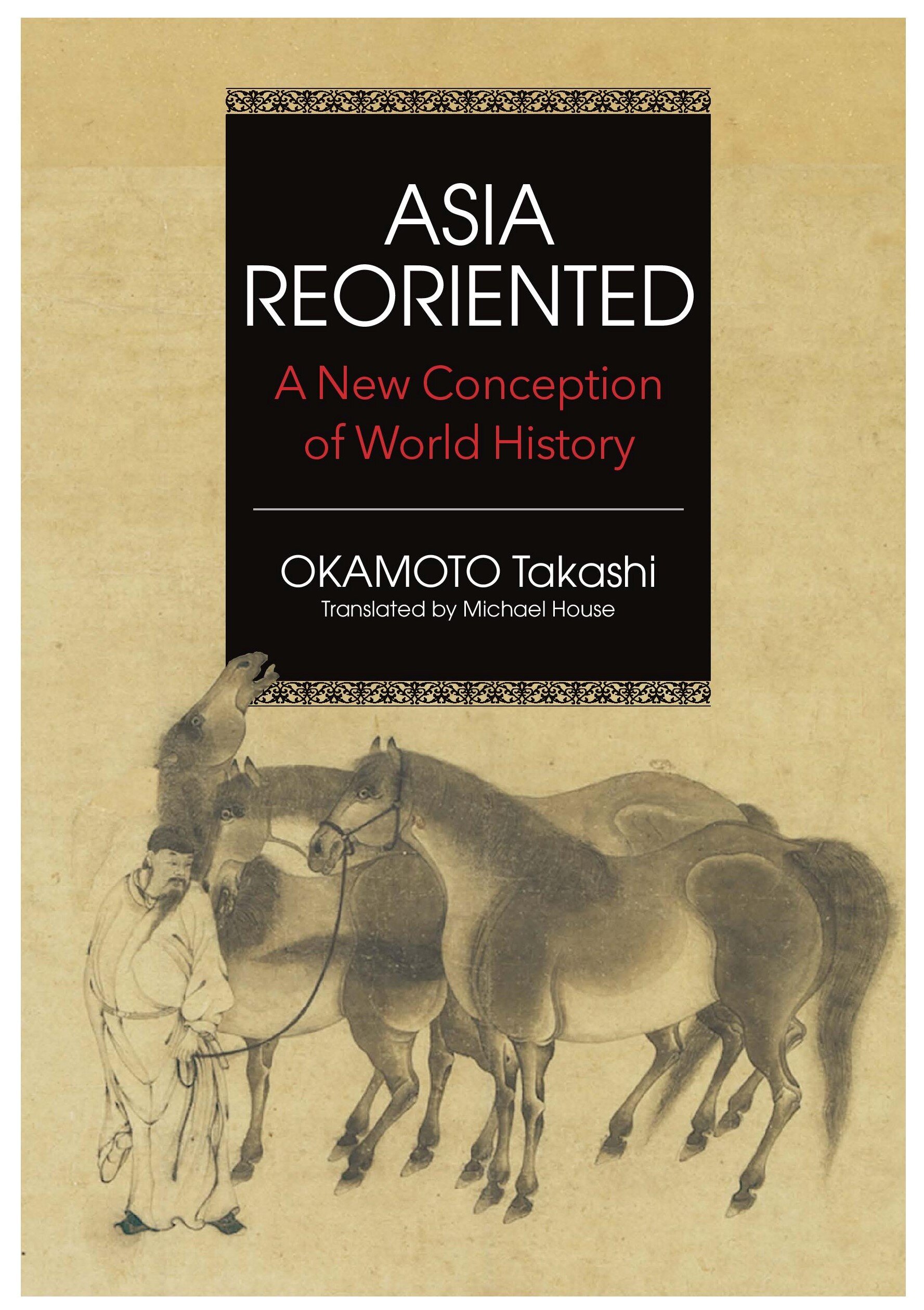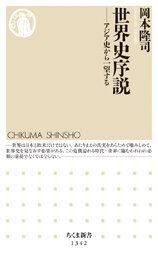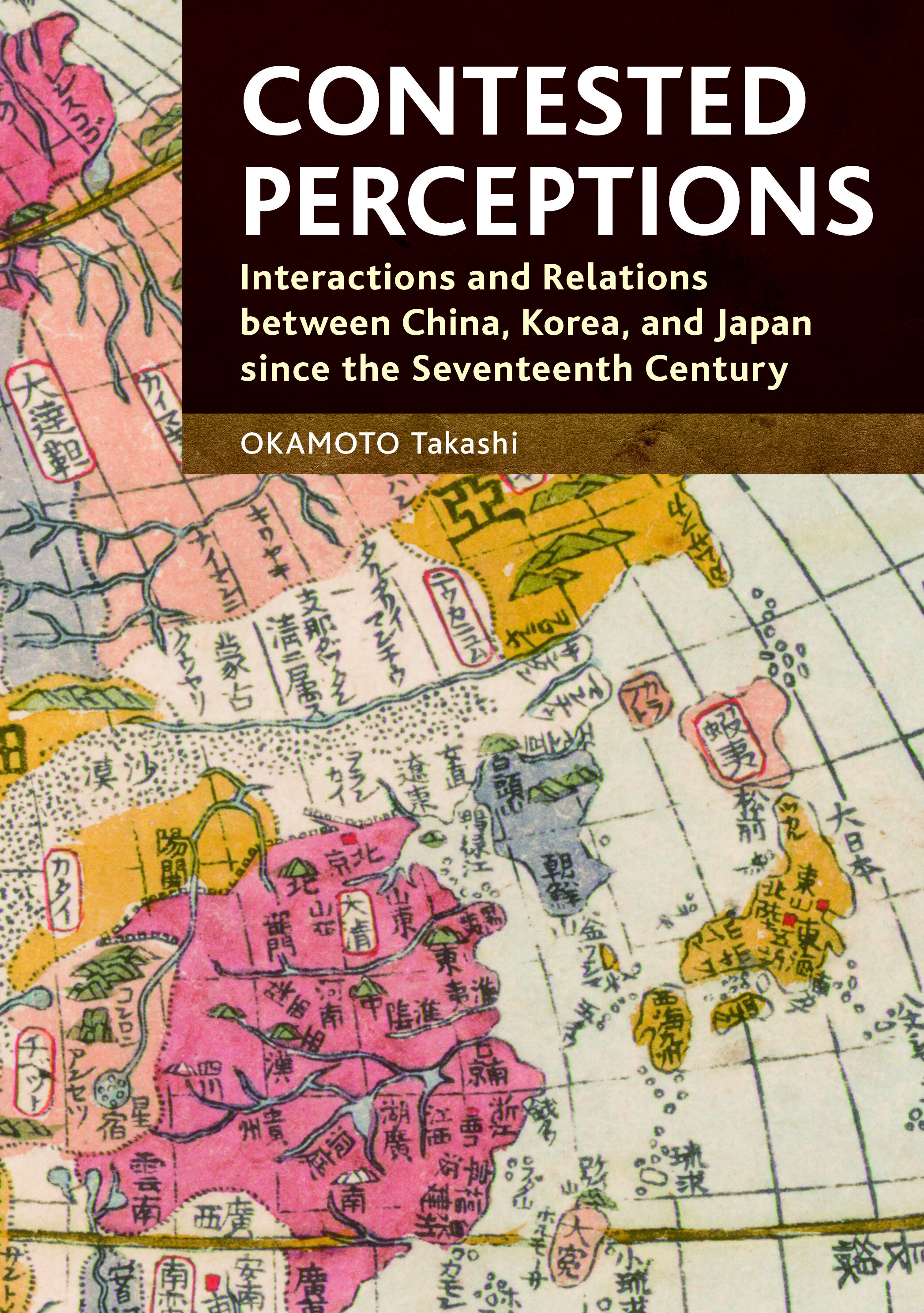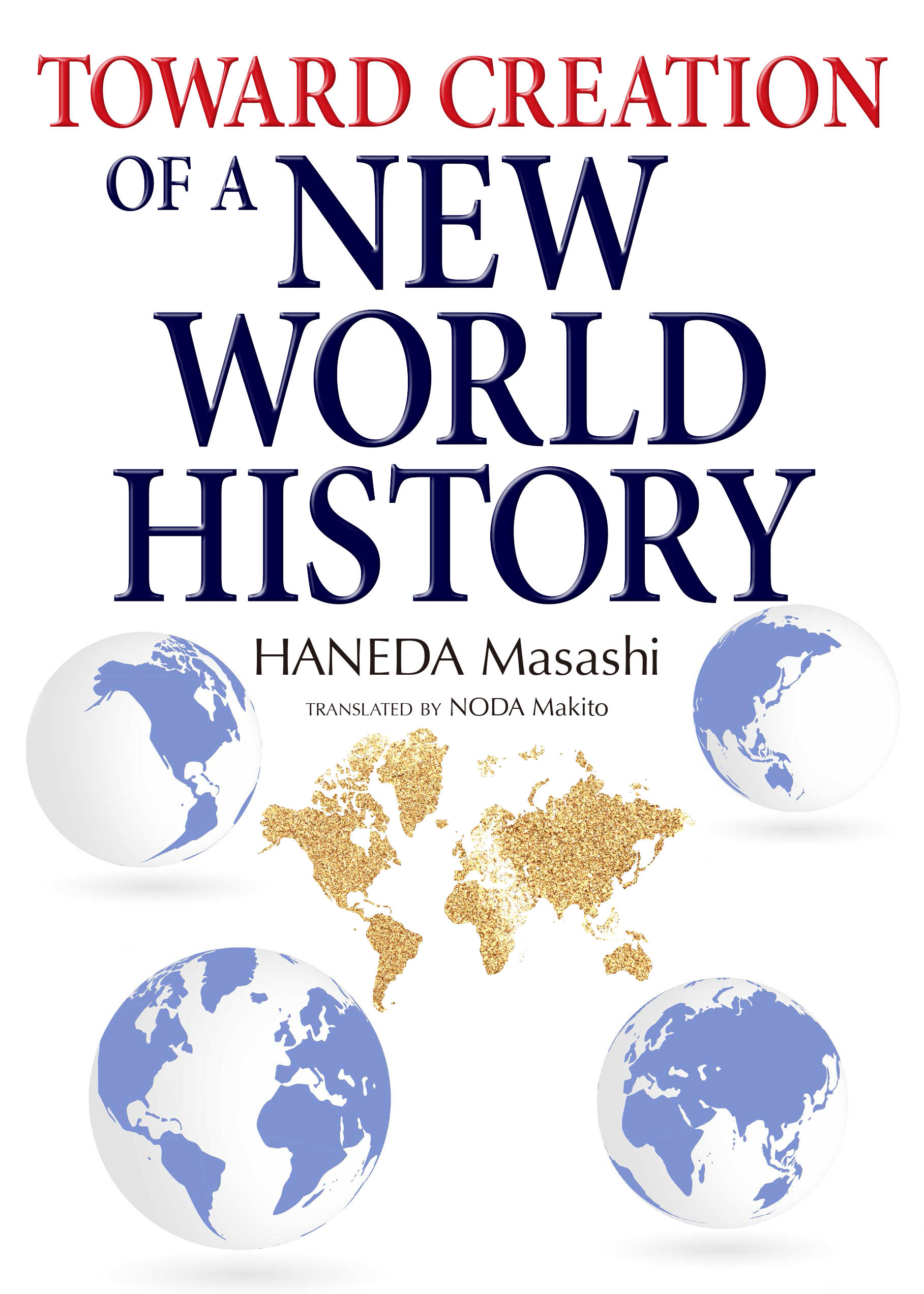Nomads, farmers, and trade: world history was born where these elements intersected. In this reconceptualized view, respected Japanese historian Okamoto Takashi locates history’s crucible in the boundary zones between settled agriculturists and nomadic peoples, where the Silk Road emerged as an early engine of trade and culture. Okamoto presents a new historical narrative which overturns Eurocentric perceptions of history, boldly and clearly reconfiguring the structure of world history in terms of economic ebbs and flows.
When Asian military forces took to horseback some three thousand years ago, commercial capital developed that linked remote regions, innovating technologies, increasing productivity, and eventually culminating in the Mongol Empire. Their control of the Silk Road connected them with Near Eastern empires at the road’s western terminus, enriching the Greek and Roman civilizations of the Mediterranean world. But as crucial trade routes moved from inland to the coast during the Age of Discovery, the center stage of history shifted to Europe, which evolved its own financial and navigational technologies to win the global economic game.
Looking anew at history from this perspective forces a reconsideration of accepted notions from “Greco-Roman civilization,” the “European miracle,” and the “Great Divergence” to “Japan’s modernization.” Through his unique overview of the whole of Eurasia and the maritime realm, from ancient times to the present, the author reorients our view of Asia’s role in global history.





